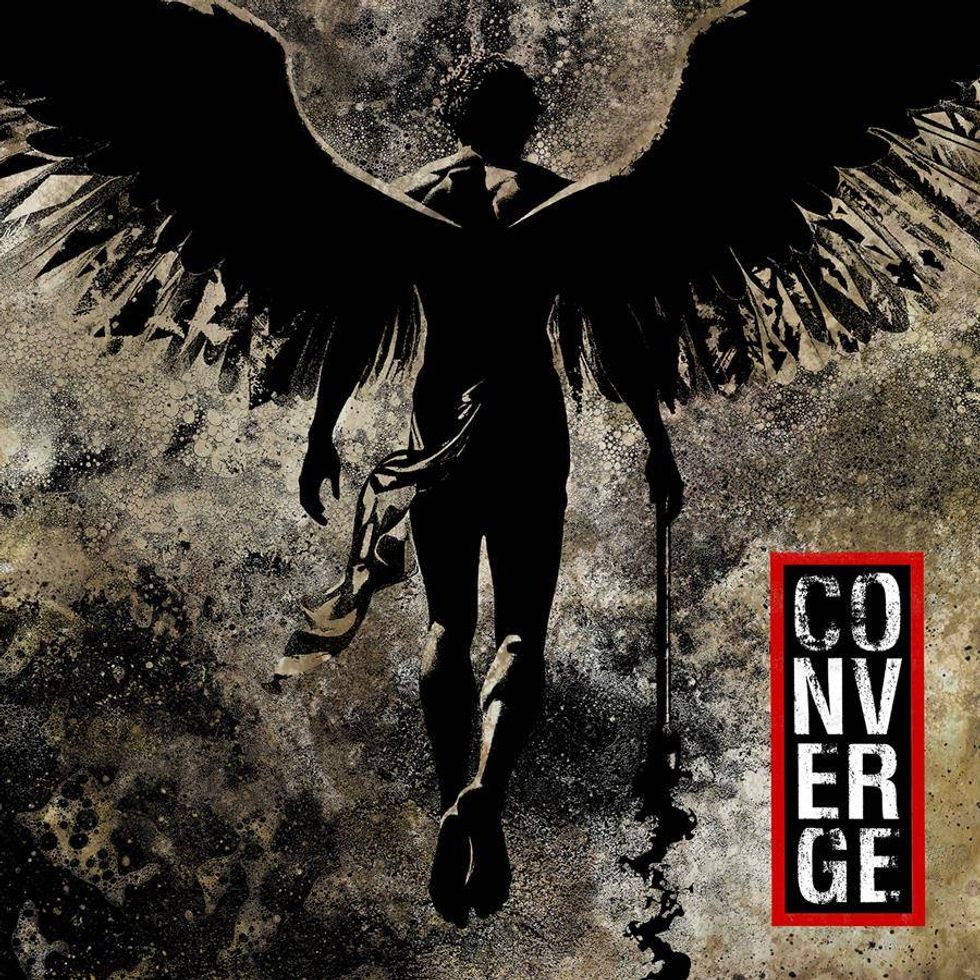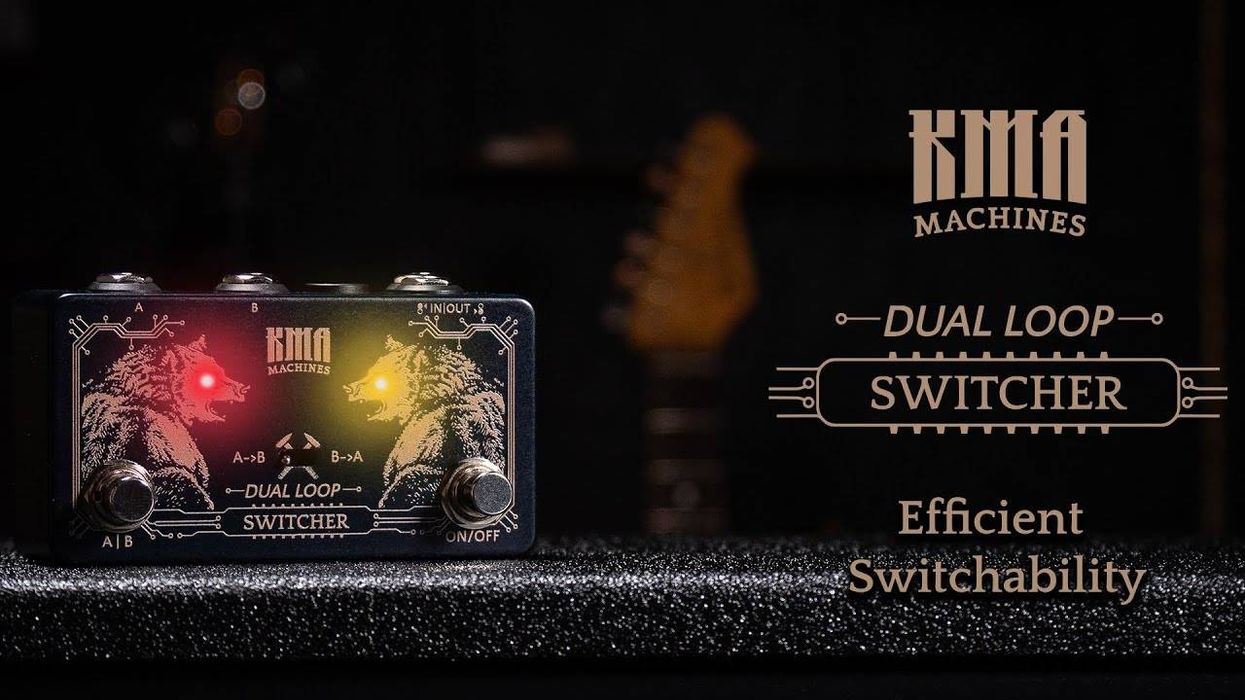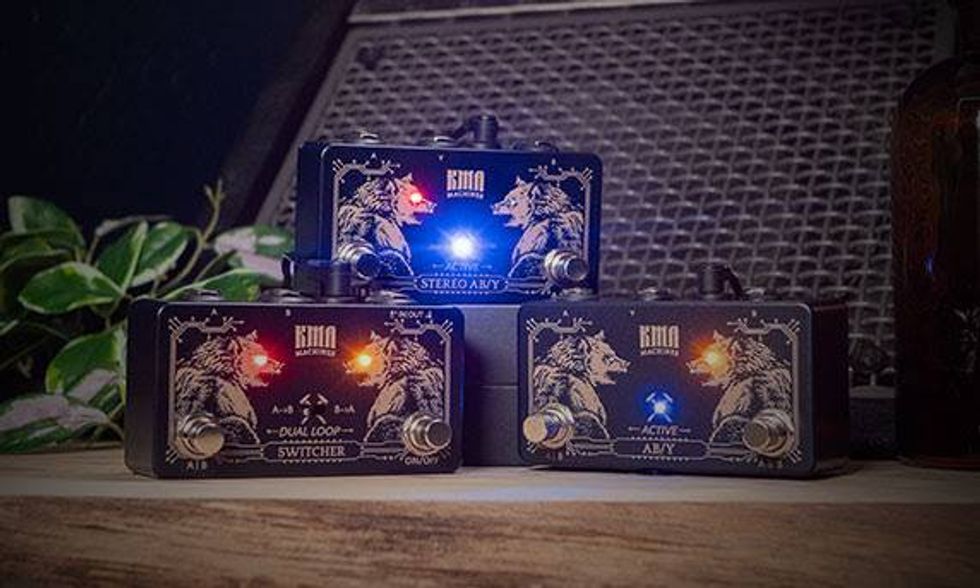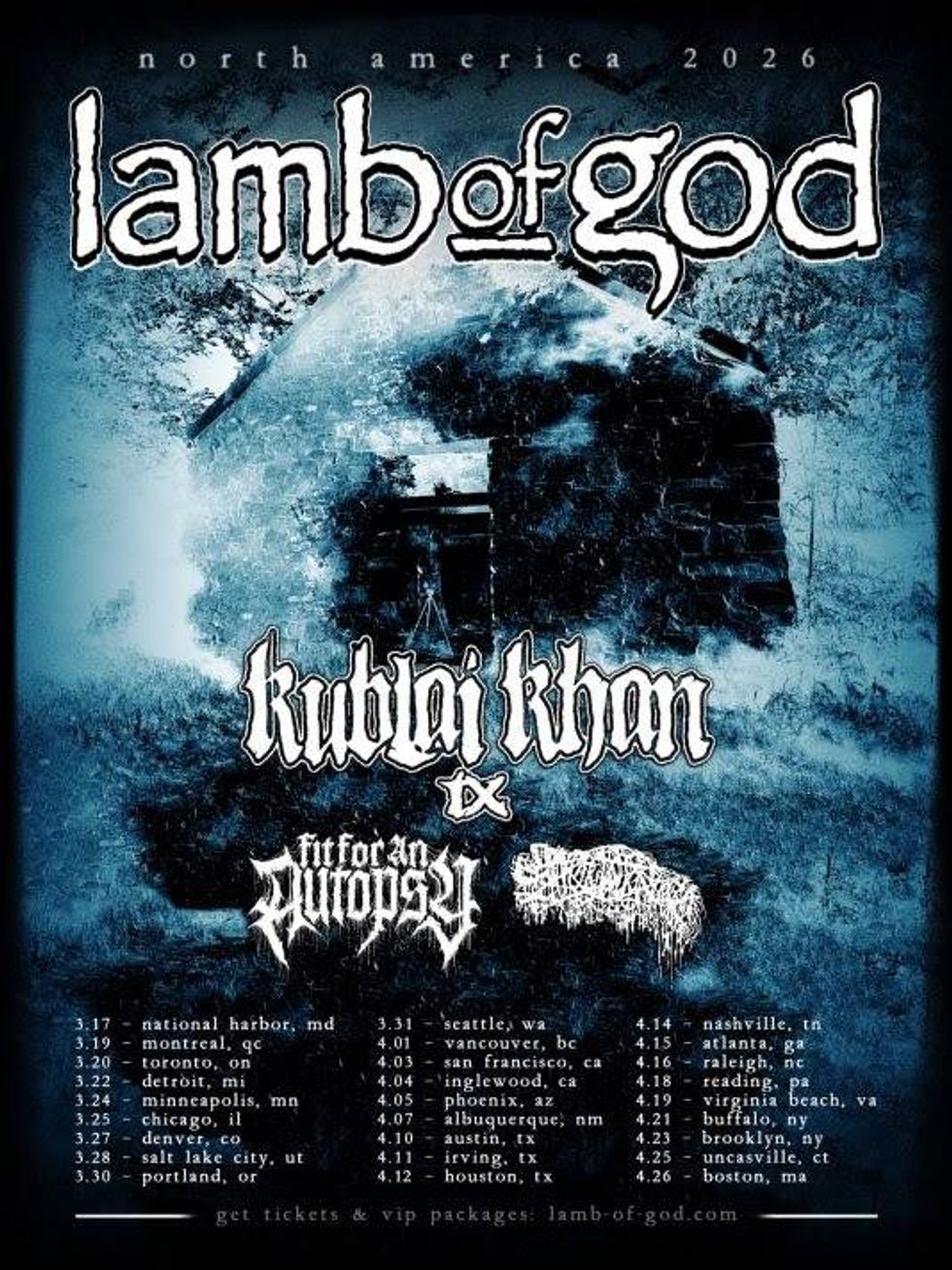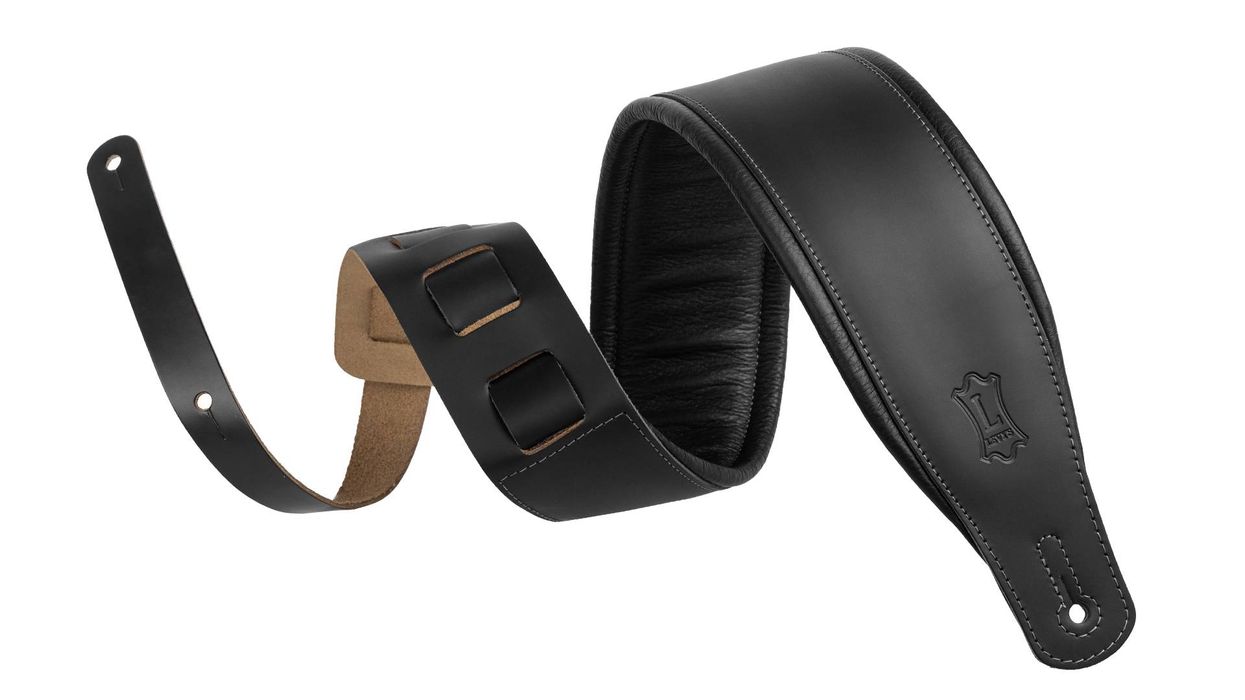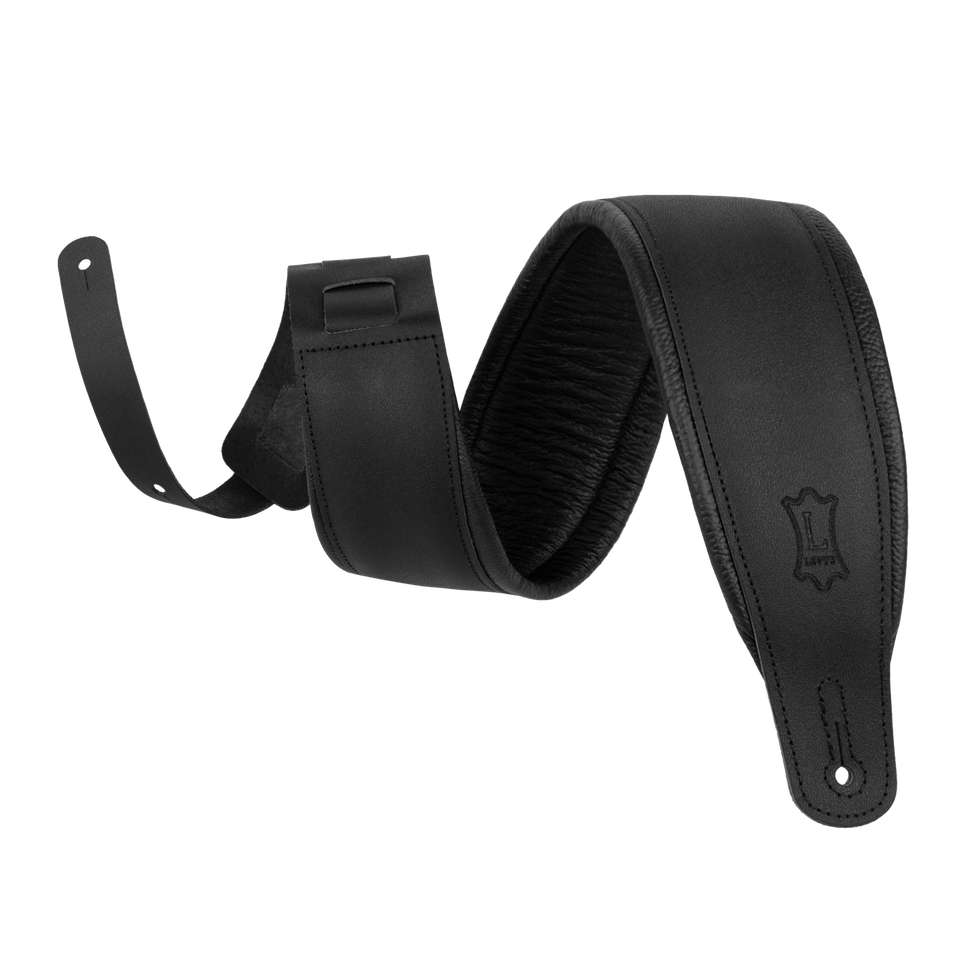Ernie Ball announces new Earthwood Bell Bronze strings developed with John Mayer, Tim Henson signature strings, plus, the Stingray II and Stingray II deluxe, developed with Cory Wong.
Developed in collaboration with John Mayer, Earthwood Bell Bronze acoustic guitar strings are the first to offer this new patent-pending alloy, which was inspired by blends used for bells and cymbals. In addition, Ernie Ball introduces the Tim Henson Signature Collection of strings and the Pino Palladino Smoothie Flats Signature bass strings.
Earthwood Bell Bronze
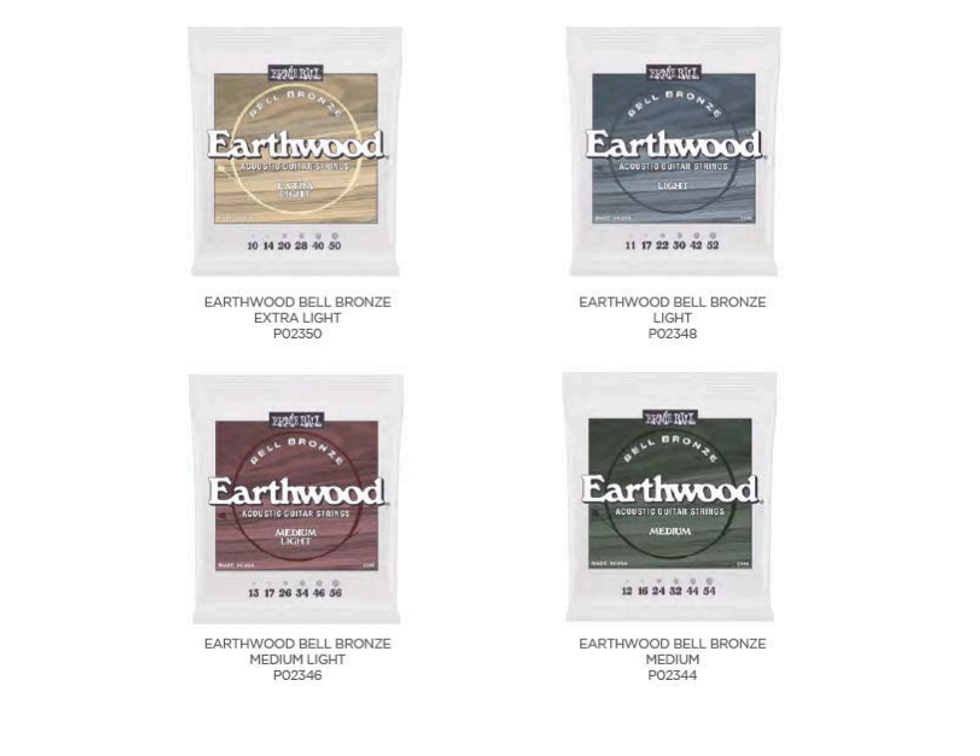
Developed in collaboration with John Mayer, Ernie Ball Earthwood Bell Bronze acoustic guitar strings have been carefully crafted to meet John's exacting standards, providing a new voice for your acoustic guitar. Inspired by alloys used traditionally for bells and cymbals, ErnieBall's patent-pending Bell Bronze alloy offers a richer, fuller sound than any other string in our catalog. These strings will breathe new life into your guitar.
“Earthwood Bell Bronze strings are a giant leap forward in tone, playability, anddurability. They’re great in any musical setting but really shine when played solo.There’s an orchestral quality to them.”
- John Mayer
- Developed in collaboration with John Mayer
- Big, bold sound
- Inspired by alloys used for bells and cymbals
- Increased resonance with improved projection & sustain
- Patent-pending alloy unique to Ernie Ball strings
- Available in 4 gauge combinations:
- Extra Light (10-50)
- Light (11-52)
- Medium Light (12-54)
- Medium (13-56)
Acoustic Earthwood Bell Bronze Demo on a Gibson L-00 - YouTube
Tim Henson Collection
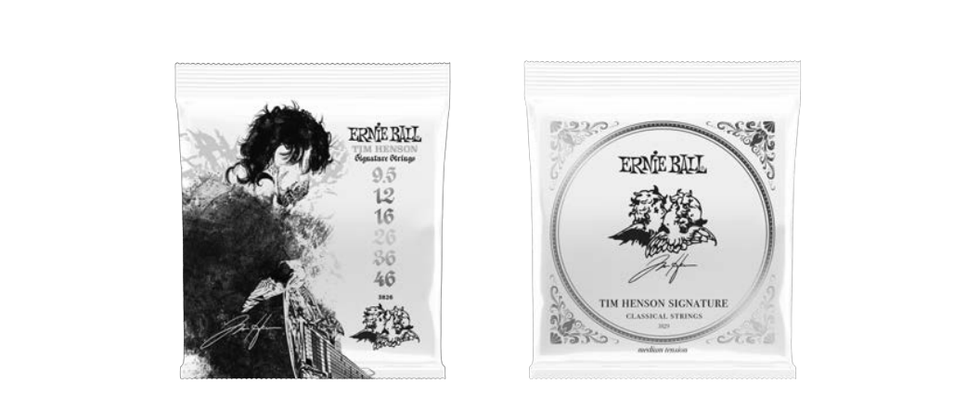
Ernie Ball introduces the Tim Henson Signature String and Accessory Collection ,developed in collaboration with one of today’s most innovative players. Designed to meet Tim’s unique specifications and versatile performance style, these new classical strings pair fluorocarbon trebles with silver-plated copper basses for a dynamic, brighter response with a percussive tonality. The electric strings comprise Cobalt and Paradigm technologies for maximum output and clarity with unmatched durability.
Classical Strings
- Dynamic, percussive sound
- Silver-plated copper basses
- Fluorocarbon treble strings
- Gauges: 24, 27, 33, 30, 36, 42
Electric Strings
- Engineered for maximum output & clarity
- Nano-treated for maximum life and corrosion resistance
- Paradigm core wire for added strength
- Gauges: 9.5, 12, 16, 26, 36, 46
The Ernie Ball Tim Henson Signature Collection will be available this spring. The SignatureElectric strings, Classical strings, and Fretwrap will all be available to purchase separately. TheSignature Cable will be available to purchase as part of a box set bundle. This Tim HensonSignature Bundle will include all of the products in the collection.
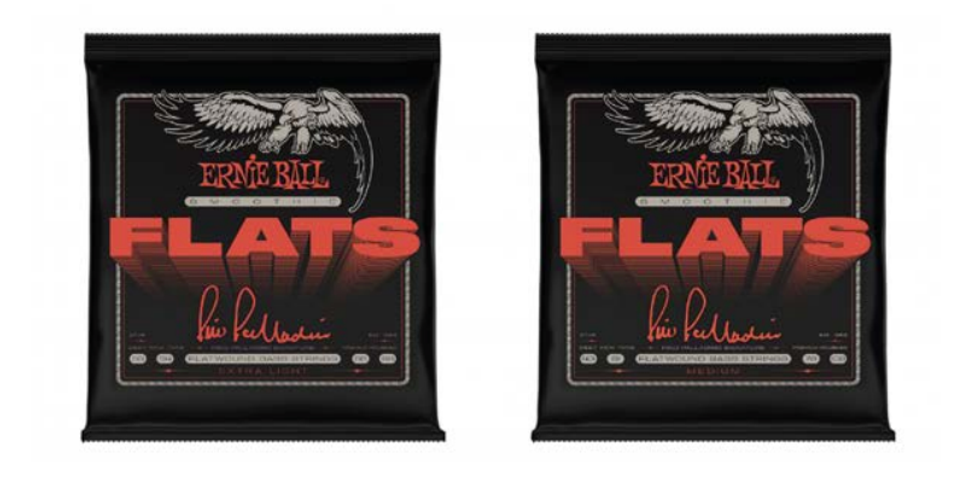
Ernie Ball ntroduces Pino Palladino Smoothie Flats Bass Strings, designed for effortless playability and exceptional tone. Precision-polished for an ultra-smooth feel, these premium flatwound strings glide easily under your fingers. Crafted with a cobalt alloy ribbon, they deliver a deep, rich tone that perfectly balances vintage warmth with modern flexibility.Developed with legendary bassist Pino Palladino, Smoothie Flats offer unparalleled performance and a silky-smooth playing experience.
Key Features:
- Premium flatwound strings developed with Pino Palladino
- Precision polished for an ultra-smooth feel
- Wound with cobalt alloy ribbon for a rich, deep sound
- Smooth, vintage tone and flexible, low-tension feel
- Available in 2 gauge combinations:
- Extra Light (38, 54, 68, 98)
- Medium (43, 61,76, 108)
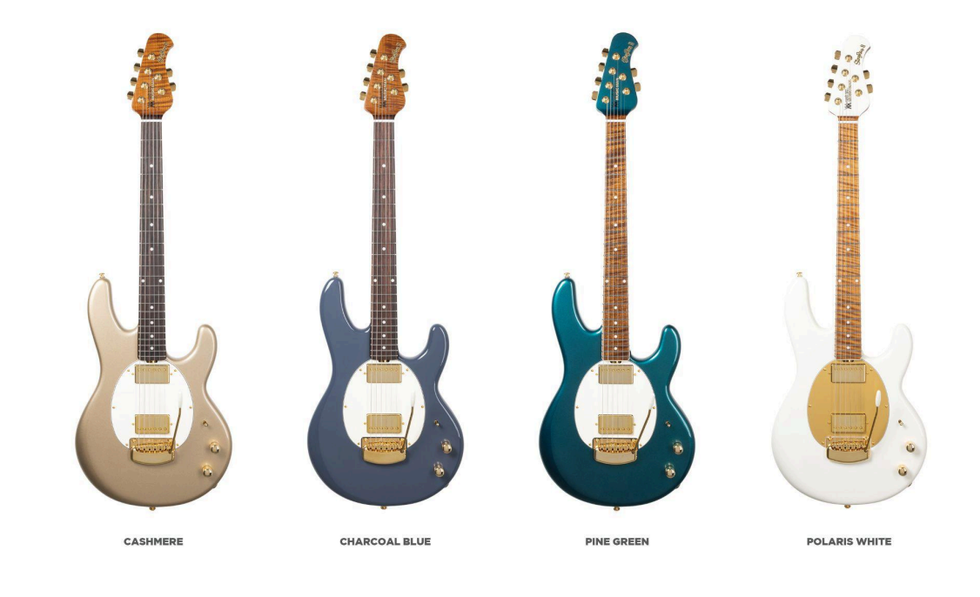
The Ernie Ball Music Man StingRay II and StingRay II Deluxe were designed in collaboration with Cory Wong to deliver unmatched clarity, versatility, and precision for every performance.Both models feature a roasted figured maple neck, 22 stainless steel frets, ultra-clean CoWong HT humbuckers, and an ergonomic body design for smooth playability and effortless fret access.
The Deluxe model adds a roasted maple fretboard, parchment binding, and a matching headstock for a refined touch. Inspired by the iconic StingRay Bass, both guitars showcasleek styling with a redesigned larger headstock, a custom Cory Wong neck plate, and gold hardware for a sophisticated finish.
Features
- Ultra-clean Cory Wong HT humbucking bridge & neck pickups
- Ergonomic body design inspired by the StingRay Bass
- Select alder body with roasted figured maple neck
- Gold hardware with Cory Wong neck plate
- 2 finish options including Charcoal Blue & Cashmere
- Mono CaseStingRay II Deluxe Features
- Ultra-clean Cory Wong HT humbucking bridge & neck pickups
- Ergonomic body design inspired by the StingRay Bass
- Select alder body with roasted figured maple neck
- Gold hardware with Cory Wong neck plate
- Parchment binding and matching headstock
- 2 finish options including Pine Green & Polaris White
- Mono Case
Both StingRay II finishes along with the StingRay II Deluxe in Pine Green are available authorized Ernie Ball Music Man dealers. The StingRay II Deluxe in Polaris White is limited to 30pieces and available exclusively from The Vault at www.music-man.com. All models are available for purchase starting today.
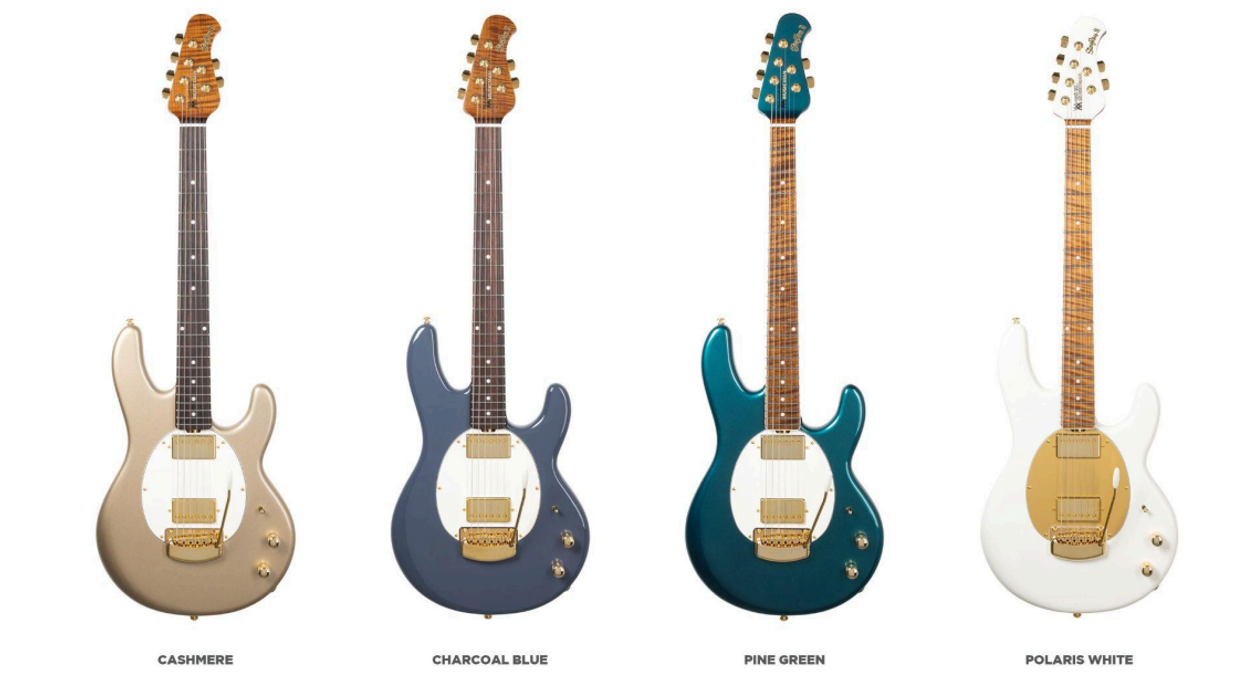
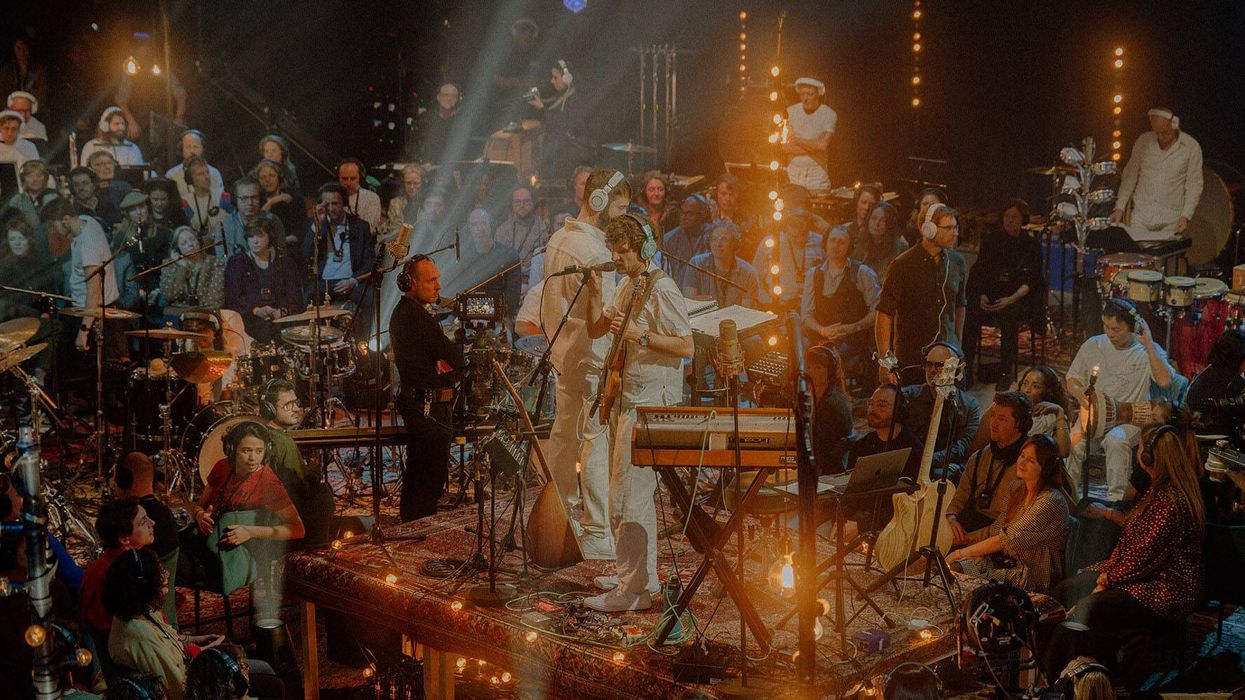
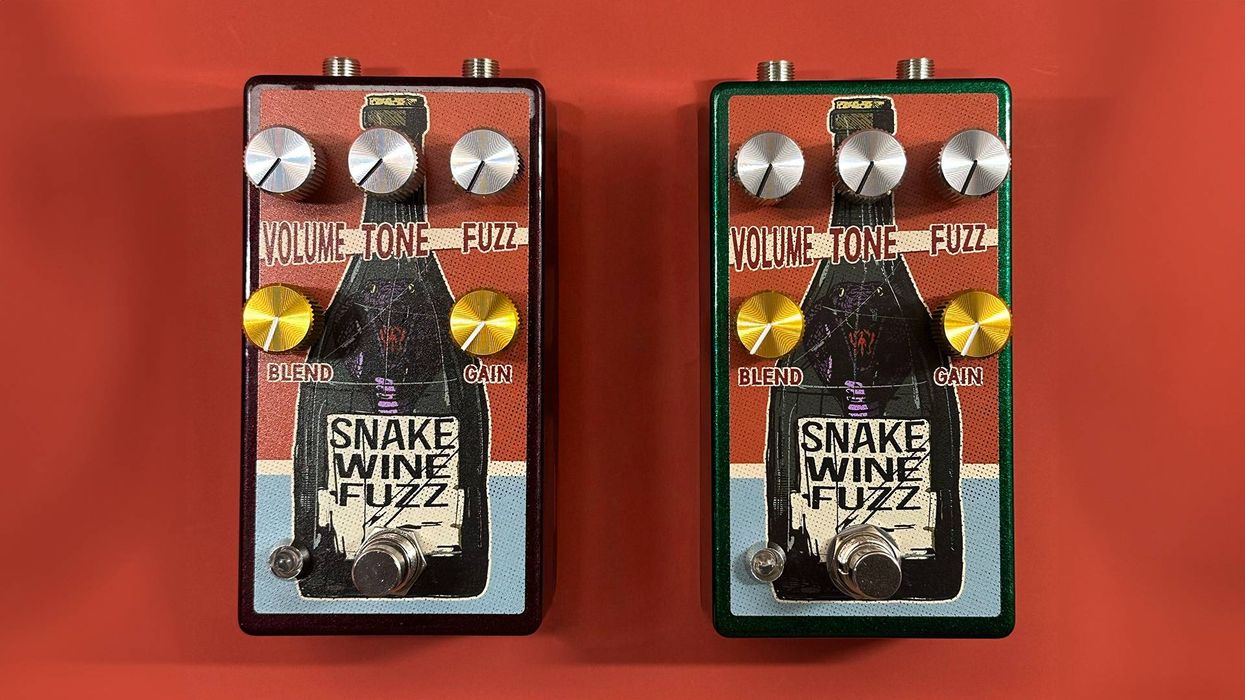

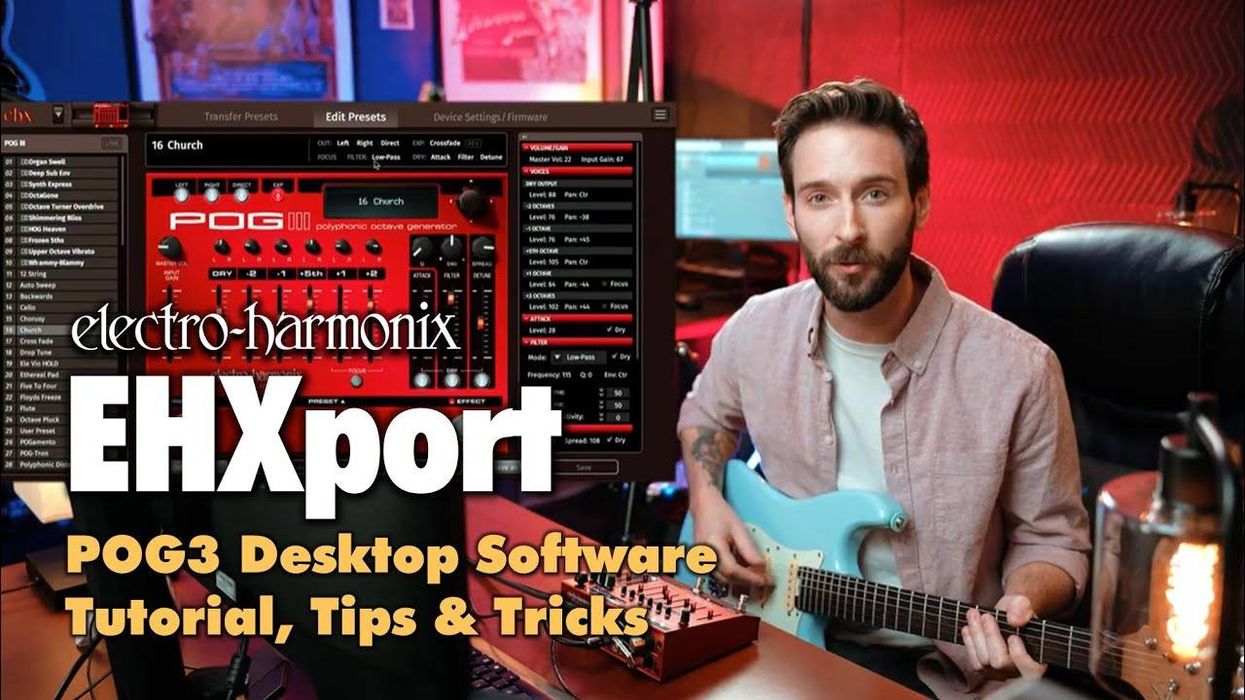

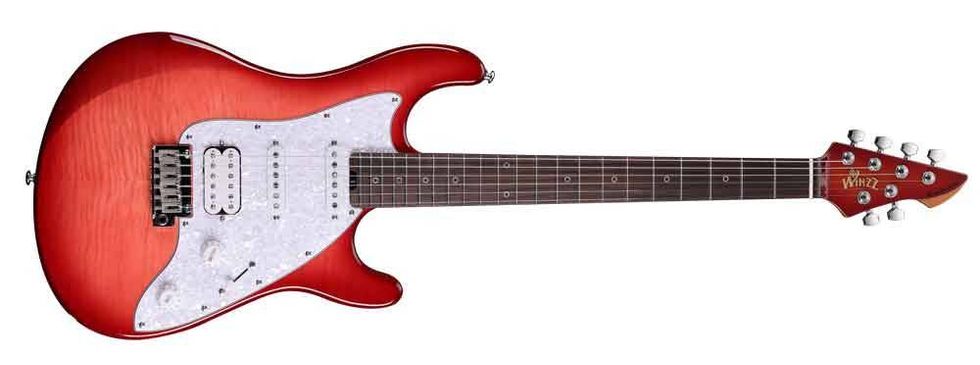
![Rig Rundown: AFI [2025]](https://www.premierguitar.com/media-library/youtube.jpg?id=62064741&width=1245&height=700&quality=70&coordinates=0%2C0%2C0%2C0)



![Devon Eisenbarger [Katy Perry] Rig Rundown](https://www.premierguitar.com/media-library/youtube.jpg?id=61774583&width=1245&height=700&quality=70&coordinates=0%2C0%2C0%2C0)


